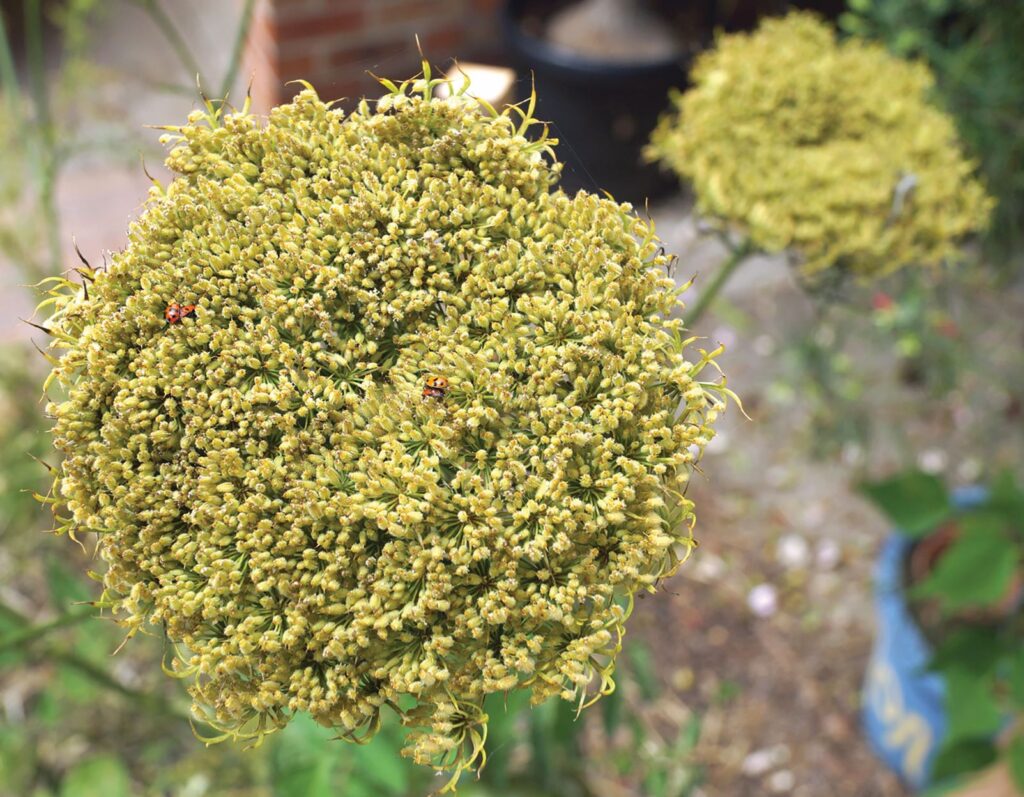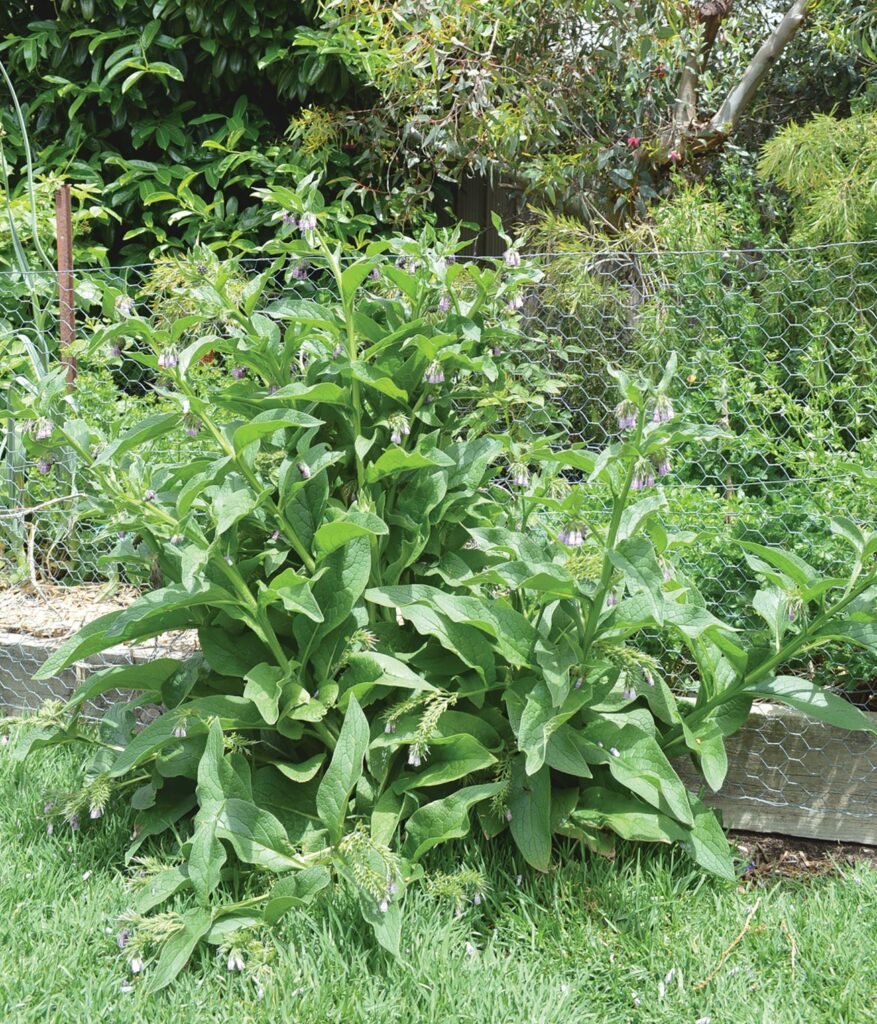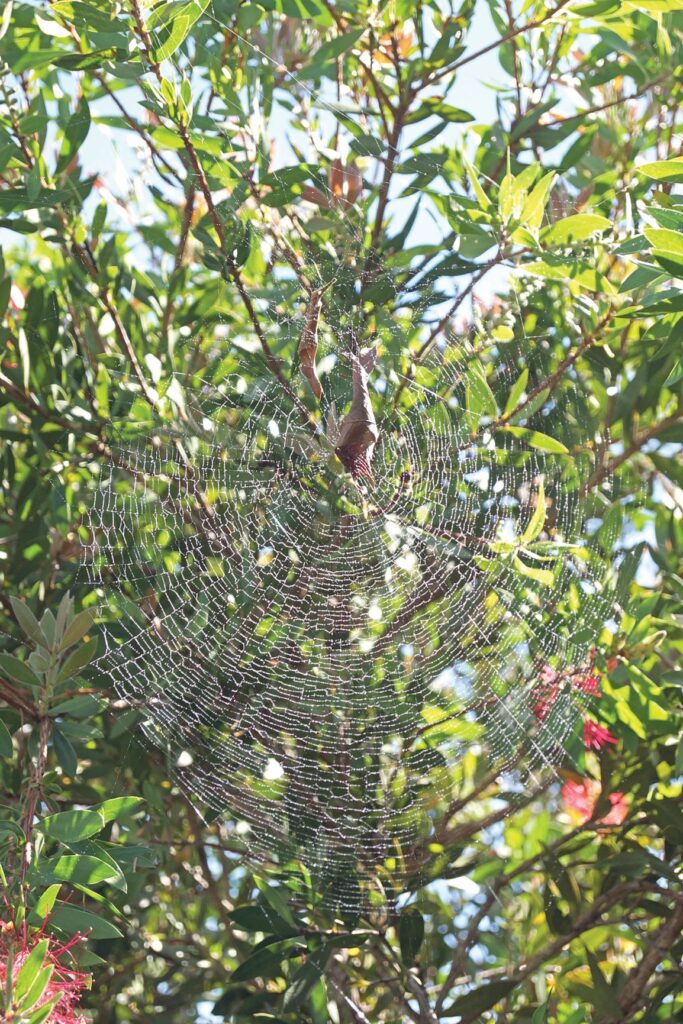
What is companion planting, I hear you ask. Companion planting is about maintaining plant and garden health through beneficial relationships, such as, disguising or repelling vulnerable plants from pests, adding nutrition to the soil, and encouraging wildlife and soil-abundant gardens.
Companion planting complements existing systems, that is, enhances a diverse and cared for garden. Essentially, companion planting is about fostering this garden diversity.
The underlying principles of companion planting include:
- Disguising vulnerable plants through the use of companion plantings that obscure, confuse or repel pests via sight/smell.
- Planting to encourage predators, including wildlife. Having a range of plants in your garden which are attractive to predators – such as parasitic wasps, lady beetles and birds – is one of the most effective ways of preventing and controlling pest outbreaks in your garden.

- Choke out weeds with desirable plants. Many weeds have foliage and flowers which are particularly attractive to pests – planting wanted plants instead removes this food source and helps keep pest numbers in check.
- Using nitrogen-fixing and deep-rooted plants for mining nutrients from further down the soil profile. Maintaining plant health through organic growing methods and optimum nutrition makes them less vulnerable to pest attack. Green manure crops from the legume family are an excellent nutrition and food source for beneficials and nearby plants.
Understanding the principles of companion planting means you don’t have to know and remember which plants go together and for what purposes.
Potential challenges and limitations to be mindful of include:
- What works overseas isn’t necessarily going to, and often doesn’t, work in Australia which has a different climate, soils, plants and pests. Utilise Australia-specific companion planting resources to ensure success.
- Companion planting alone isn’t going to guarantee harmony and a pest- and disease-free garden; you also need to create and maintain healthy soils and utilise a variety of plants which are hardy to your environment.
Tips when using companion plants:

- Size and volume count; e.g. tall plants need tall companion plants and also require a proportionately large volume of companion plants surrounding them for effectiveness.
- Careful planning, soil improvements and adequate watering and nutrition all significantly contribute to the health of your garden and complement companion planting systems.
- Every garden is different; observing what works in your situation is key.
Some valuable companion plants:
- Native Australian plants, especially local species, help attract native birds and other predators and control pest numbers.
- Herbs are attractive to beneficial insects and predators; use to disguise from pests and as a deterrent because of their strongly scented foliage.
- Alliums such as spring onion, onion and garlic repel sap suckers and cabbage white butterflies; flowers are attractive to beneficial insects and other predators.
- Flowering veg such as cabbage, dill, fennel, carrot, parsnip and radish are an especially valuable food source for beneficial predators.
For more:








